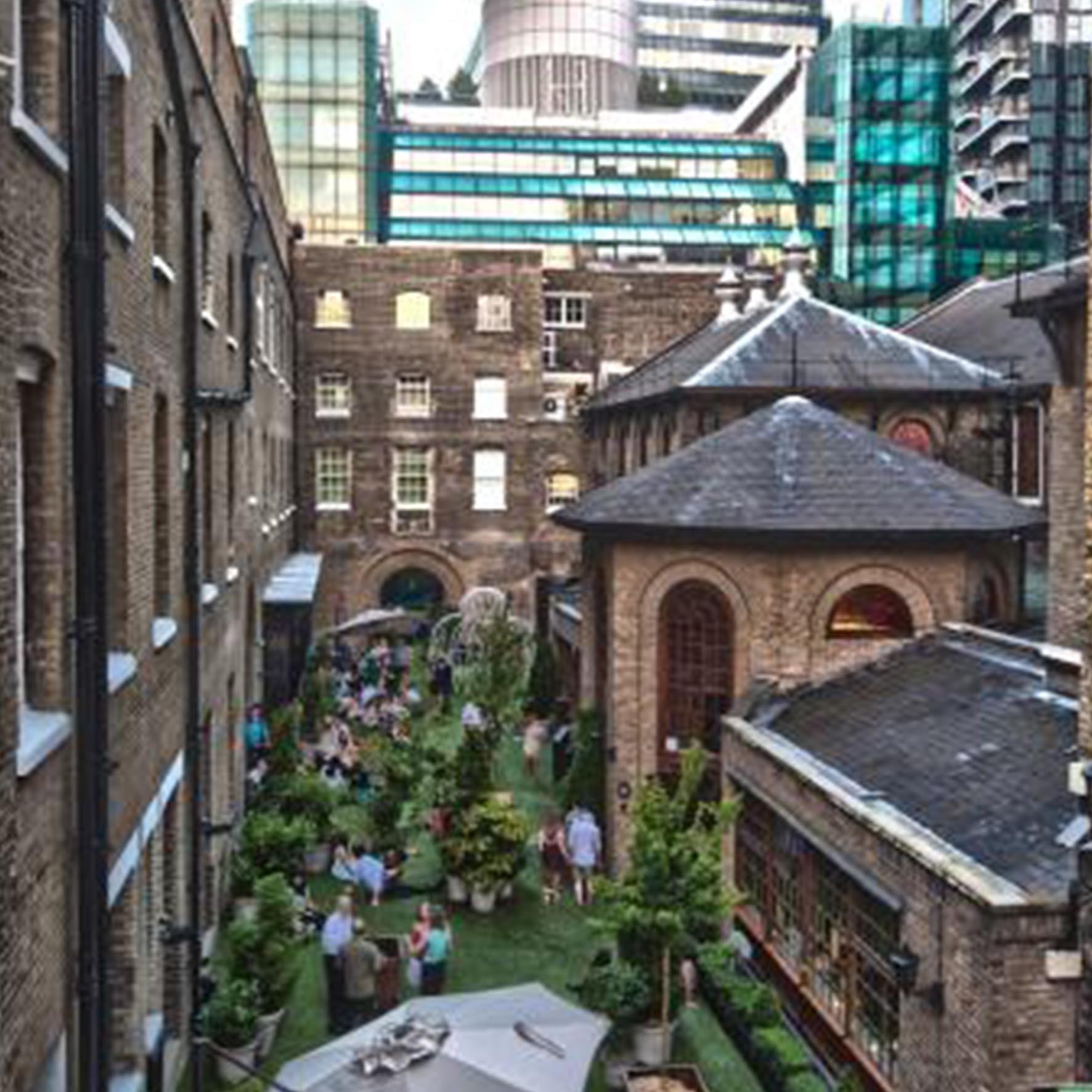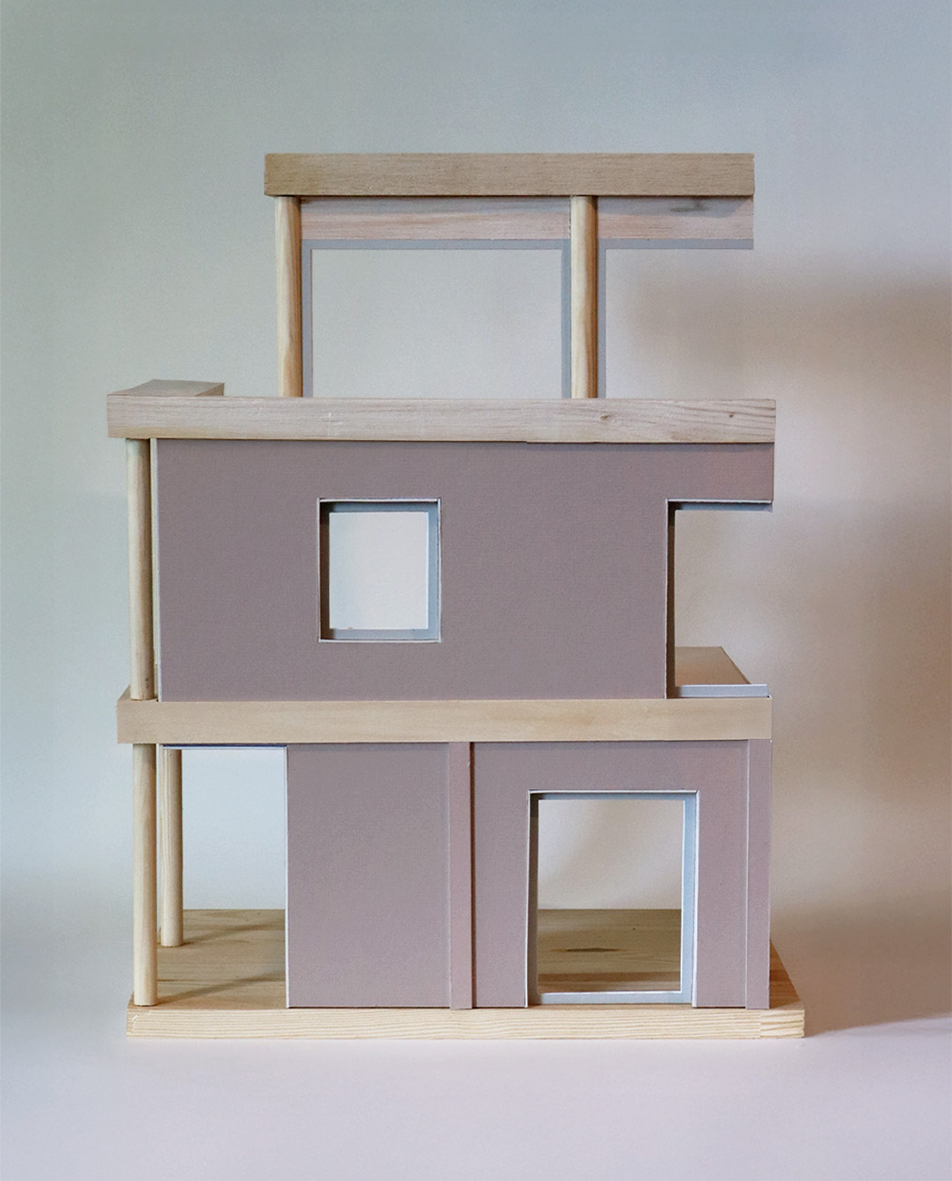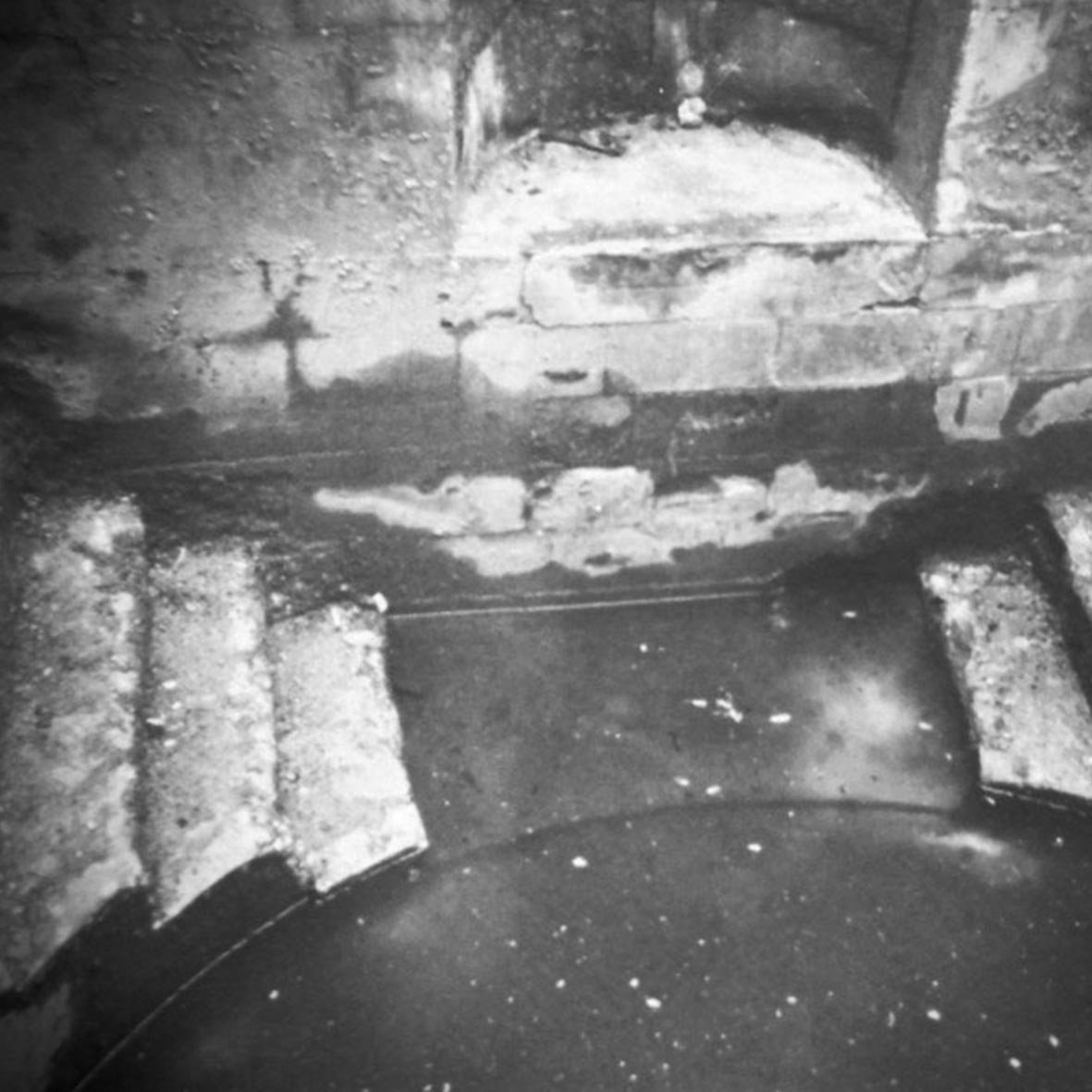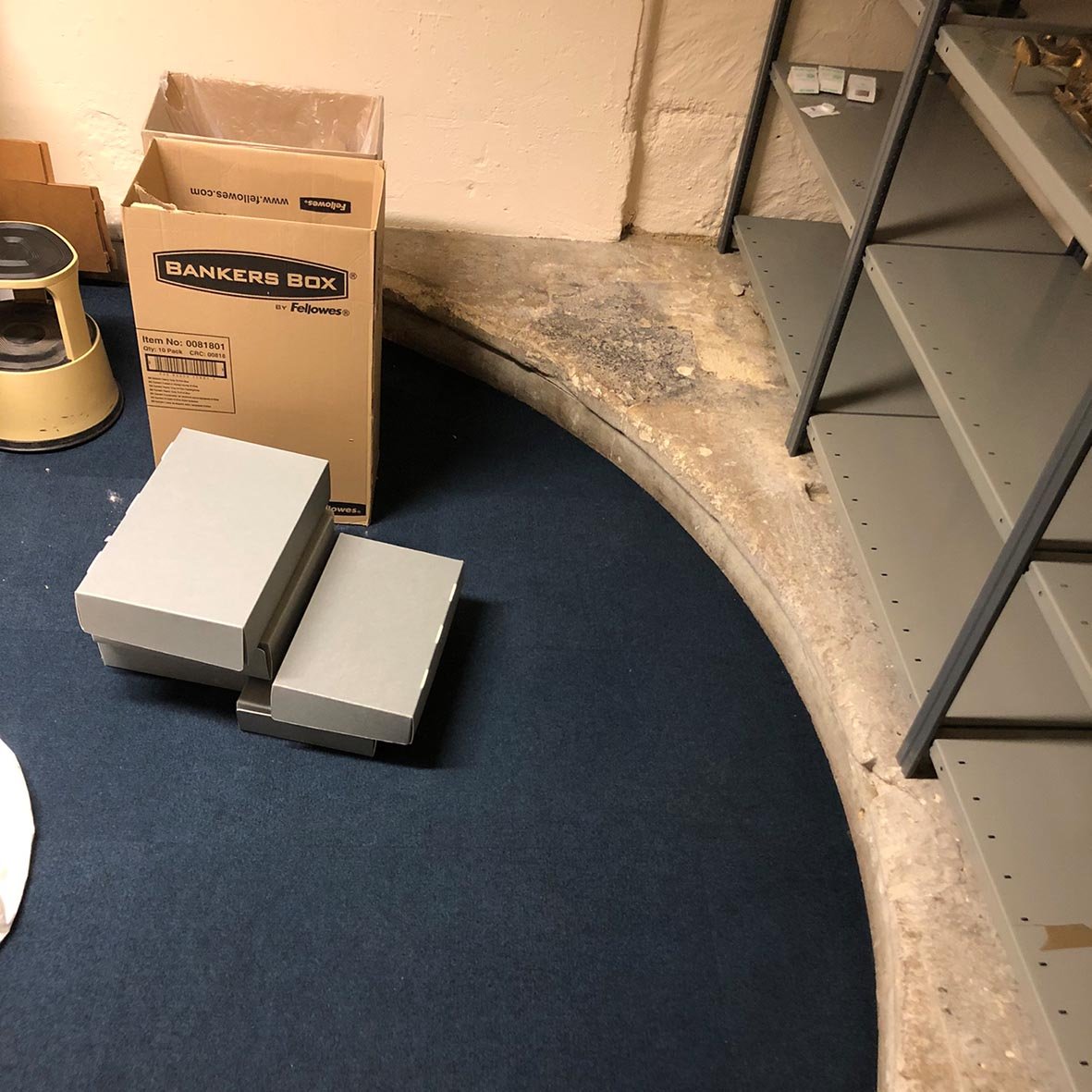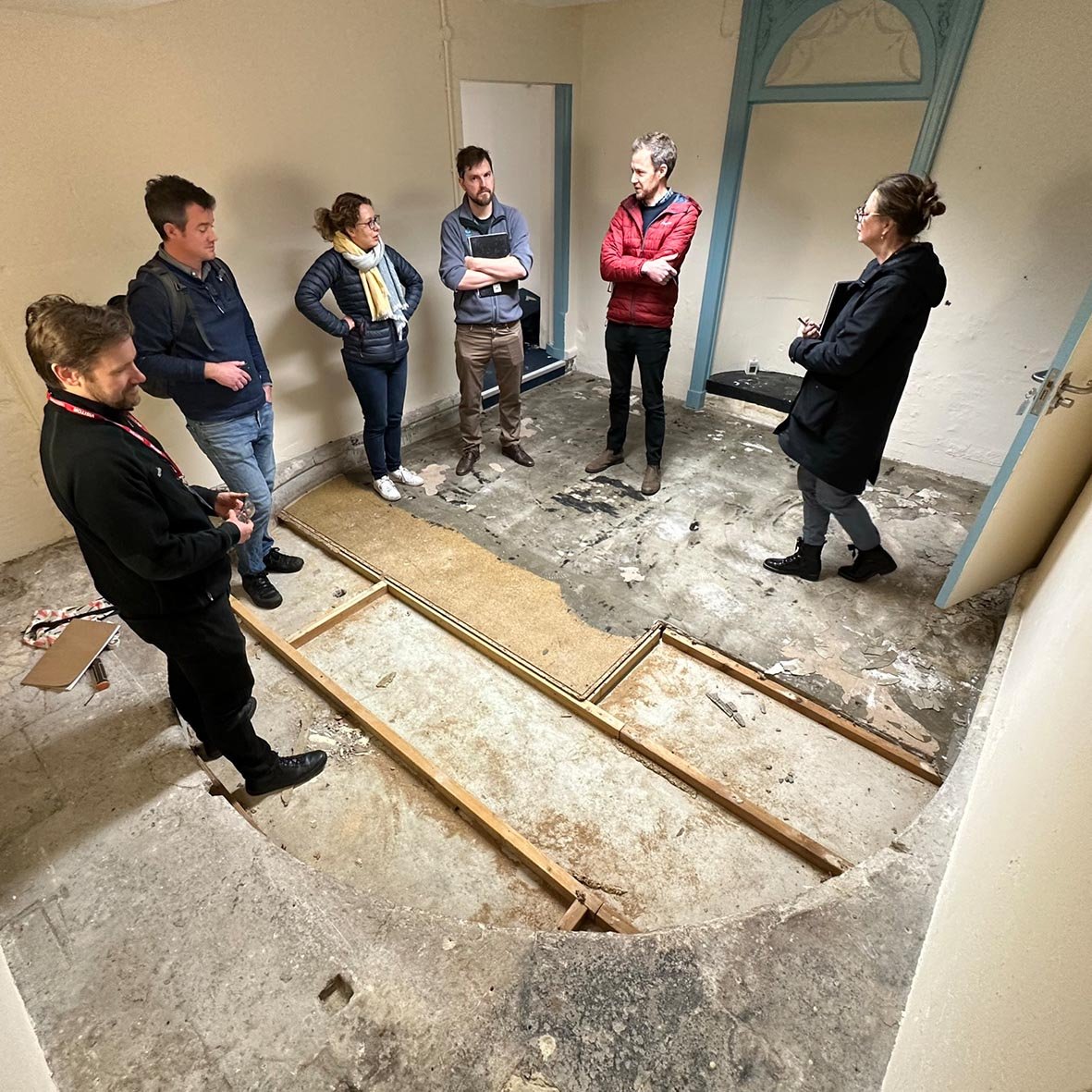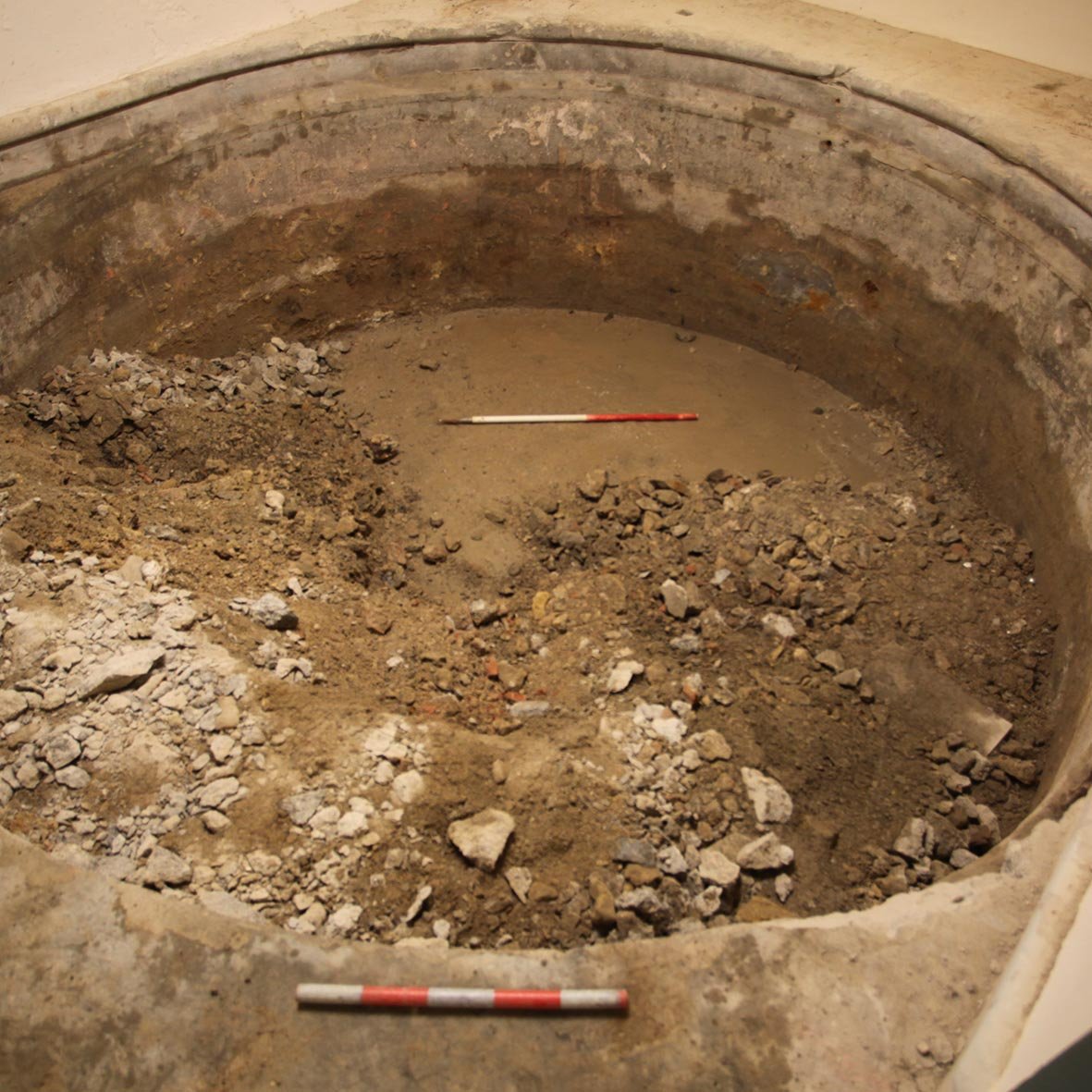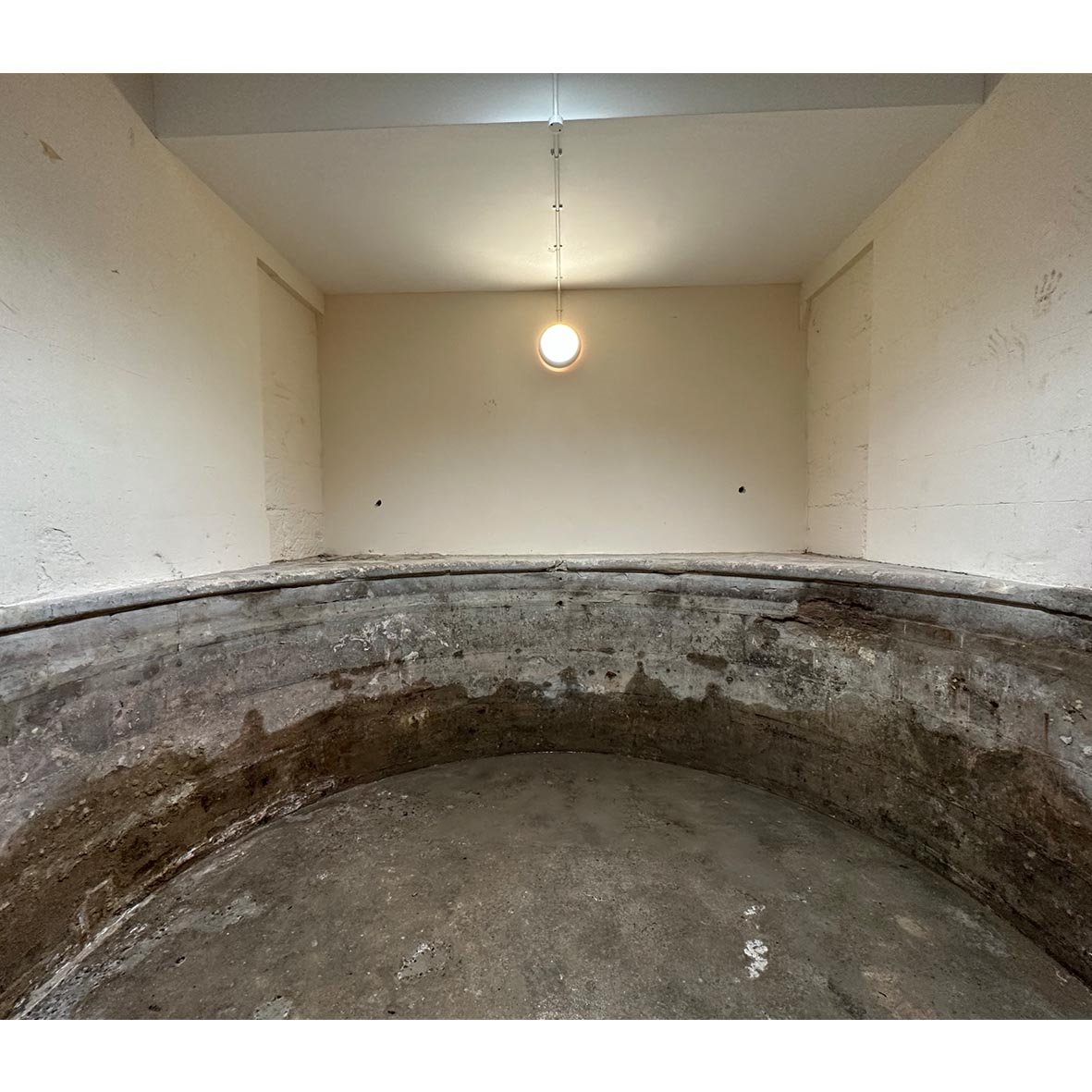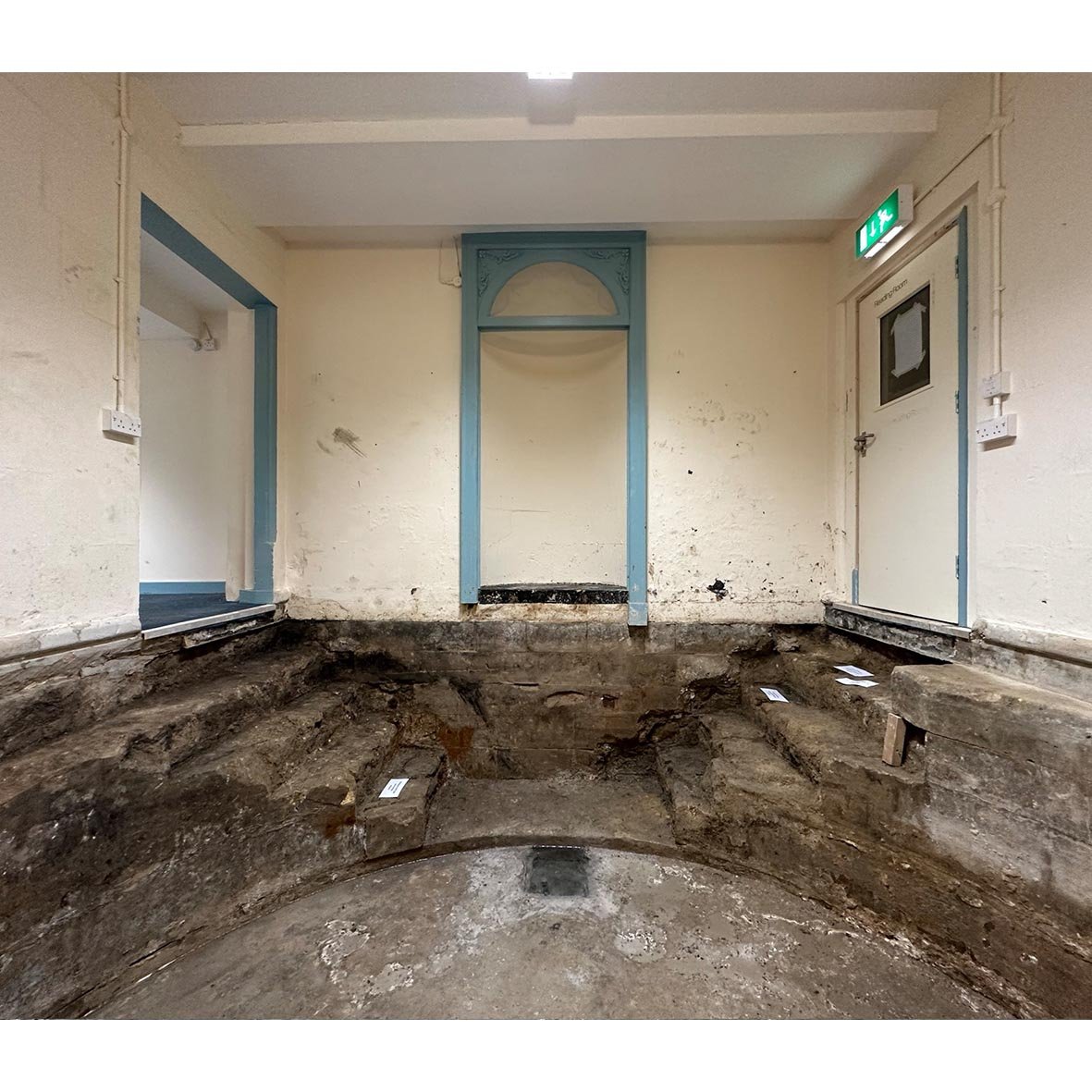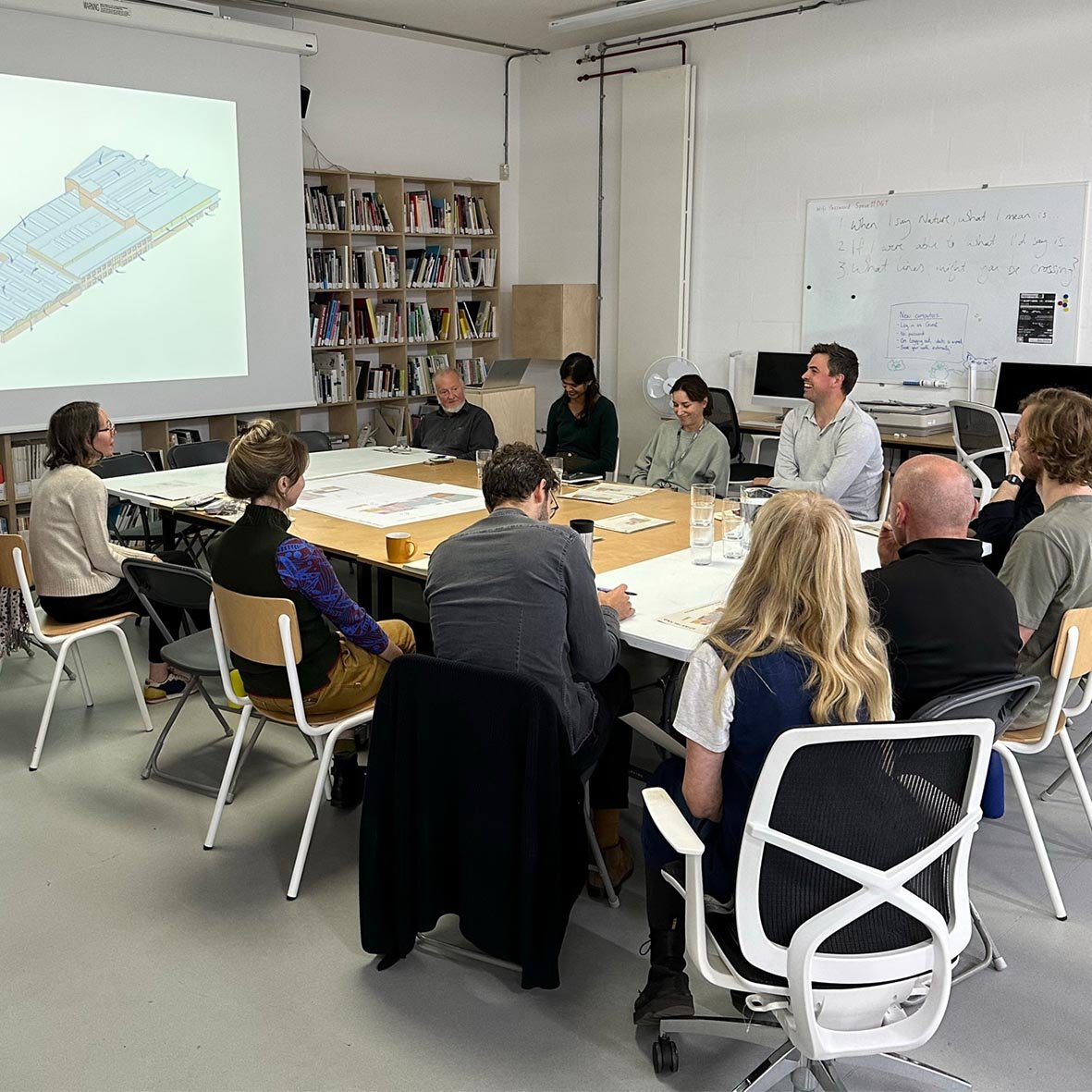September saw the return of the annual Architect’s Journal Retrofit Live conference, and I was pleased to attend to represent CWa. The event unites the leading voices from the industry who are working to push forward the retrofit agenda, discussing the barriers to progress and championing case studies that achieve new benchmarks in reuse. The conference’s concern is primarily environmental, agreeing that a demolish and rebuild model of development is no longer justifiable in an age of climate emergency – but there was also a thread of cultural sensitivity across the presentations, noting that these buildings are the fabric of our cities and the evidence of our collective lives, whether they be listed or unloved.
A particular highlight was Sarah Castle, Director of If-Do Architects, presenting their painstakingly phased works to rejuvenate the Hastings Observer building with the grassroots community group Hastings Commons. The scheme delivered a vibrant mixture of uses across the building, including creative workspaces, community gathering spaces, affordable housing provision and a rooftop café bar. Although the scheme was far from simple, there was a simple message for projects struggling to get started; as soon as the building is safe - get in and start using it. The rest can come in time.
Equally inspiring was David Kohn, presenting DKA’s competition winning proposal for the SMAK art gallery in Ghent, challenging the client’s brief which recommended demolition of the existing building and reconstruction, by proposing a reconfiguration of the existing material on site to create something reinvigorated and renewed. David spoke of the existing building as a ‘quarry for material’, and drew compelling parallels with the spolia churches of the Renaissance – magpie-ing earlier fabric to create delightful and unexpected architectural energy. The project is keeping pace with the EU’s progressing legislation on material cataloguing and the onus to design for dismantling and reuse, which remains far ahead of the UK’s own retrograde legislative steps.
Aside from the inspirational presentations, the venue of the conference is a real contributing factor to the topics under discussion – housed in the Grade II listed 18th Century former Whitbread’s Brewery, just outside the Barbican. The venue offers a range of characterful spaces and is a real success story for building a commercial offer around the USP of a quirky and challenging building.
We will hopefully see you there at AJ Retrofit Live 2026.
Charlie
Images courtesy of If_Do, DKA and The Brewery:
https://www.ifdo.co/
https://davidkohn.co.uk/
https://www.thebrewery.co.uk/





